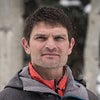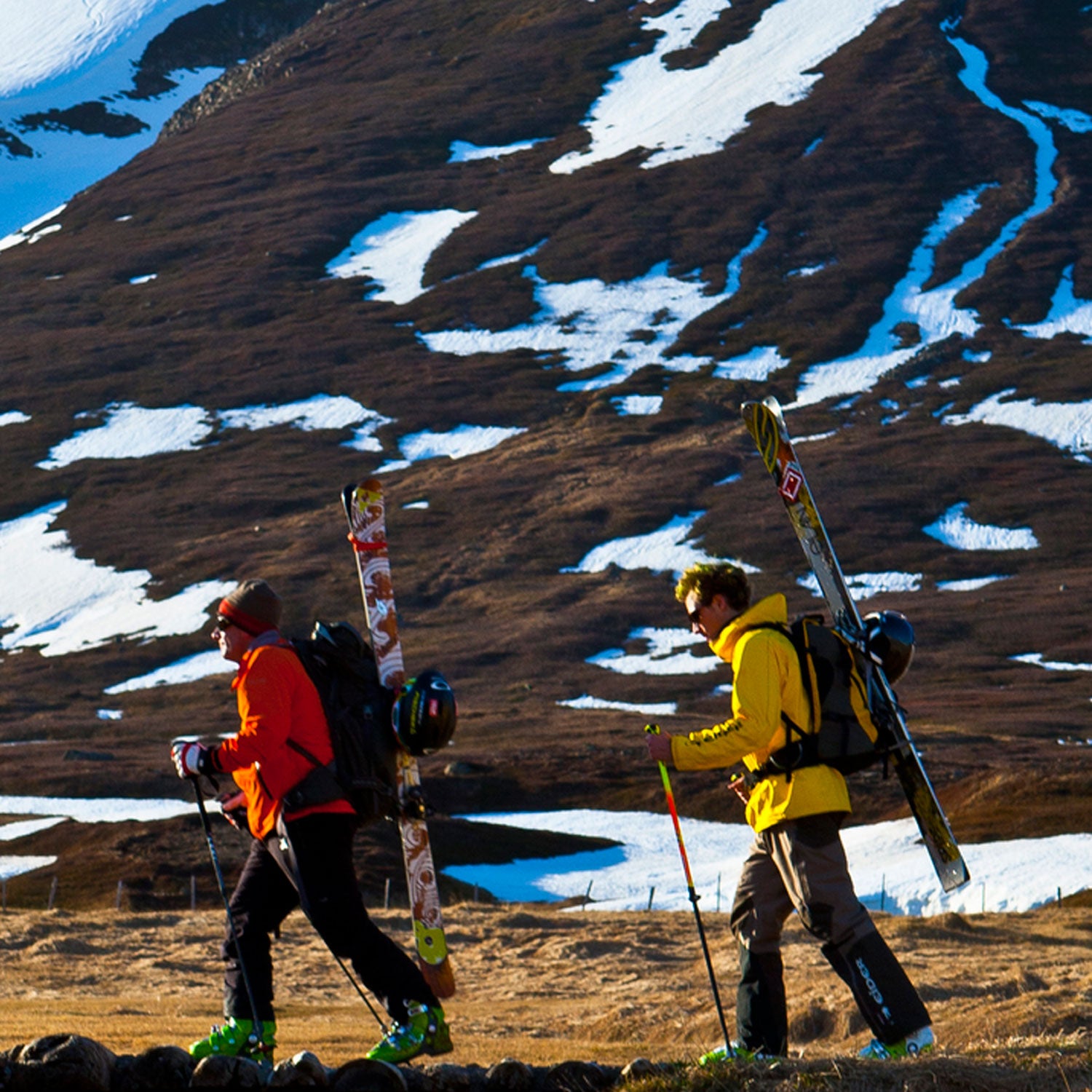When tens of thousands of dead trout and whitefish showed up in the Yellowstone River in mid-August, Montana’s Department of Fish, Wildlife, and Parks took the unprecedented step of to all forms of human recreation. (Some portions remain closed more than a month later.) The fish died of a kidney disease caused by a parasite that is more prone to appear during low flows and higher water temperatures—which happen to be key indicators of climate change.
It was only the latest instance of how our warming planet is affecting America’s outdoor playgrounds. With global temperatures having now landed above average for 380 consecutive months (just shy of 22 years), it is no longer surprising to see hotter summers, meager stream flows, more desert dust, and snow thaws in the dead of winter. “We’re mountain biking into November, and it feels like we’re spring skiing all winter long,” says Ray Rasker, a 30-year Bozeman resident and executive director of , a research firm that has extensively studied the intersection of climate change and recreation.
“In April and May,” Rasker says, “rather than a snowpack that sits up in the mountains for a long time and feeds these rivers and streams bit by bit, we have a snowpack that gets washed off the landscape much faster. That affects drought and fires later in the summer.”
How will our favorite natural playgrounds fare as those impacts become more pronounced? And what can be done to mitigate them? Using climate predictions from WXShift.com and ClimateCentral.org, we analyzed five towns around the West—each a global hub for its respective sport—to find out.
Jackson Hole: Skiing & Snowboarding
- Mid-September average: 69 high, 31 low.
- 2050 projection: 73, 35.
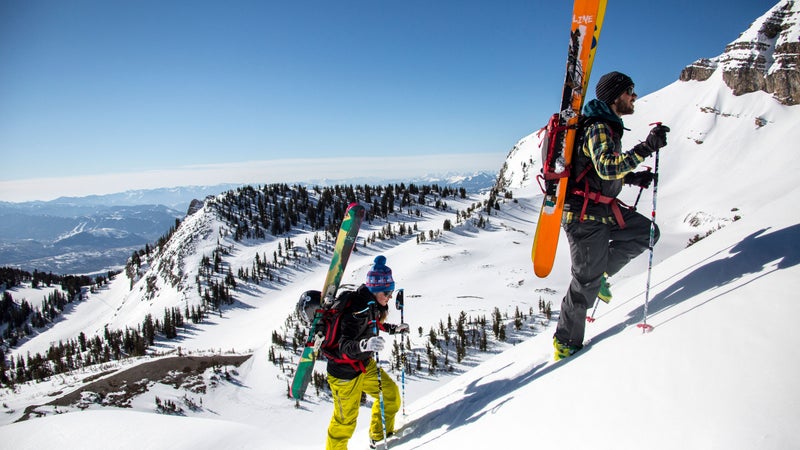
At 6,200 feet elevation, steep-and-deep Jackson Hole Mountain Resort is an epicenter of climate change. The resort has seen “pretty consistent snowfall and business volumes” in the last decade, according to spokeswoman Anna Cole. Still, the rising snow-rain line is a concern. “Jackson Hole’s somewhat northerly latitude may provide a bit of a buffer compared to ski areas to the south,” says Kelli Archie, a lecturer at the Climate Change Research Institute in New Zealand who has . “But lower-elevation ski areas are automatically at higher risk for seeing less snow and more rain.”
Archie listed a number of strategies that resorts can adopt to mitigate the effects of climate change: make more snow (which has its own environmental impacts) and develop new runs on north-facing aspects to avoid solar radiation; and clear current runs of rocks and stumps so they are skiable sooner and don’t require as deep a snowpack. Cole declined to say whether Jackson Hole has taken any of those steps, but the resort did announce last year it reduced its greenhouse gas emissions by more than ten percent and was taking other actions—like replacing its gasoline vehicles with diesels, and its two-stroke snowmobiles with more efficient models—to counter the impacts of climate change.��
Moab: Mountain Biking
- Mid-September average temperatures: 85 high, 51 low.
- 2050 projection: 88 high, 54 low
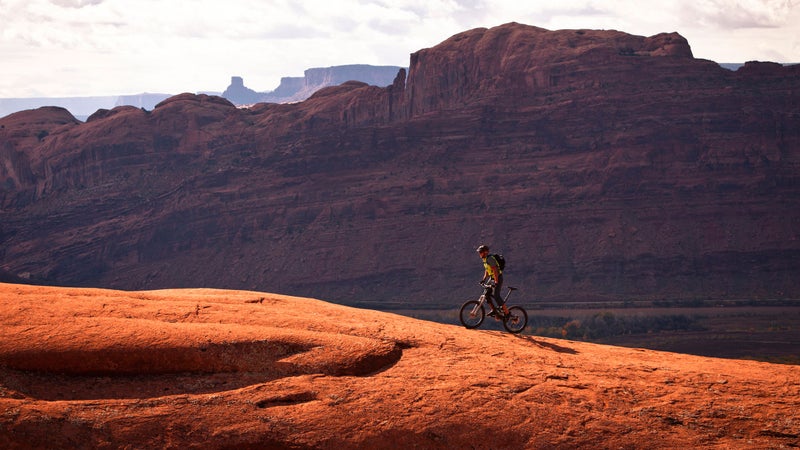
Moab’s slickrock is not about to crumble, but the warmer, drier, hazier days could trigger changes in how and when people ride. For starters, says Mike Duniway, a research ecologist and soil scientist with the Southwest Biological Science Center in Moab, the season will likely start earlier, remain hotter for longer in the middle of summer (which would deter riders), and some trails could be too loose and dry to ride for months at a time. But the biggest impact is the increase in red dust that gets whipped up by gusty winds and can make riding miserable.��
“The views from the trails are not what they used to be, even in the time I’ve been here,” says Ashley Korenblat, owner of Moab tour company Western Spirit Cycling and a 20-year resident. “There are just fewer and fewer clear days.” A 2016 study by a group of organizations including the National Park Service found the spring dust season begins one to two weeks earlier than it did 20 years ago. “We don't know where all of it is coming from,” Duniway says. “It's likely a combination of drought and human land use.”
Bigger rain events have forced locals to build trails with more water bars (to prevent erosion), but other than that, there’s not much they can do to combat the changes. “If Toyota would make a 15-passenger van that ran like a Prius,” Korenblat says, “we’d buy them tomorrow.”
Yosemite: Rock Climbing
- Mid-September average: 73 high, 44 low.
- 2050 projection: 76, 47
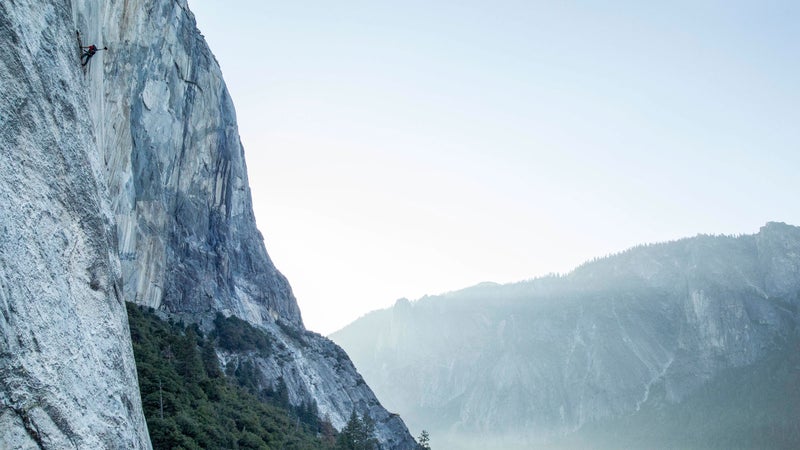
Rockfall is far and away the most salient climate-change effect impacting climbers in Yosemite National Park. This past March, a study by Yosemite geologist Greg Stock and U.S. Geological Survey civil engineer Brian Collins, , showed that hotter temperatures cause more rocks to release and ultimately weaken the overall face, making rockfall more likely from traditional triggers like melt-freeze cycles and rainstorms.
“We don’t know that there’s an increased rate of rockfall or not,” Stock says, since the increase in documented rockfalls, via photos and videos, could merely reflect an increase our ability to quickly notice and report them. “We probably won’t know that for another 20 years.” But, he adds, “I think it’s at least reasonable to think that if warm temperatures are part of a trigger, then warmer temperatures might be more of a trigger.”
The park mapped out a rockfall hazard zone on the valley floor beginning in 2012, which gave each campsite and structure a number based on the risk it carried. Ultimately the park closed or relocated a number of buildings and moved a handful of campsites from one side of Camp 4, the hub of climbing in the park, to the other.��
Truckee: Whitewater Rafting
- Mid-September average: 74 high, 33 low.
- 2050 projection: 77, 36
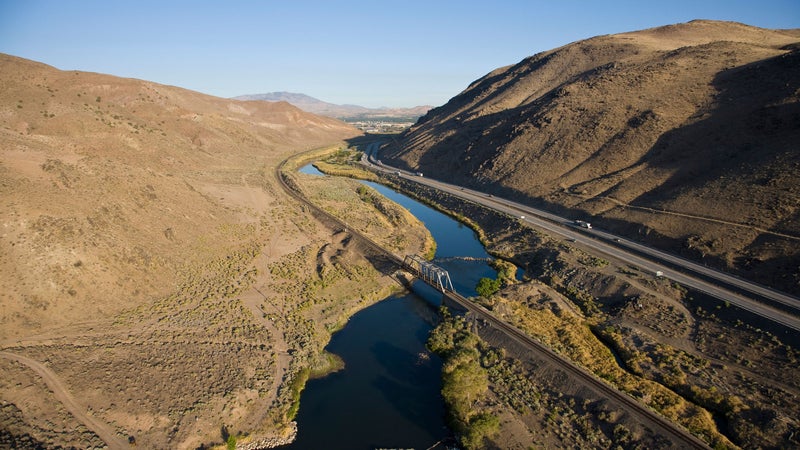
May 14 was a big day in the whitewater rafting world on California’s Truckee River. After sitting out the 2015 season due to the drought, outfitters led their first trips since being shut down July 29, 2014 (which was two months earlier than usual).��
This summer ended up providing the biggest water in years. Even still, halfway through the season, Tributary Whitewater Tours, one of the original operators to guide the Truckee, dropped its capacity from six people per boat to five, to avoid scraping bottom in the low river. Eventually the Reno Water Master shut down the river on September 6, three weeks earlier than normal.��
As a boater, you can’t do much more than hope it rains—or better yet, hope it snows. Then hope the snowpack doesn’t all melt at once.
Missoula: Fly Fishing
- Mid-September average: 70 high, 41 low.
- 2050 projection: 74, 45.
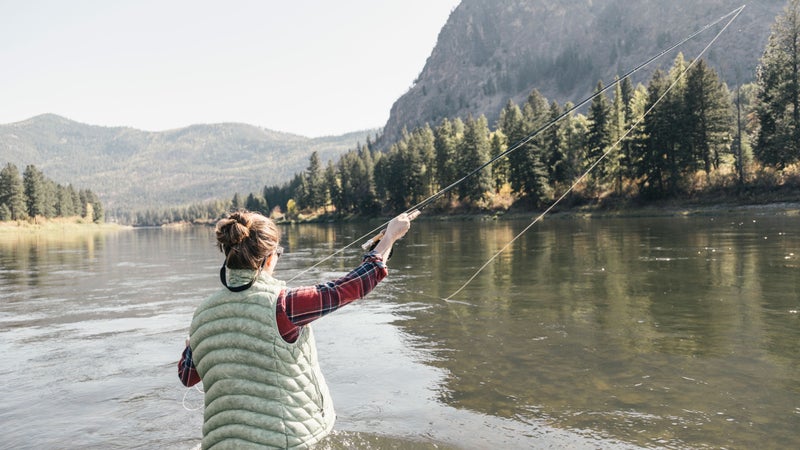
Missoula, a town at 3,200 feet elevation near the junction of the Clark Fork and Bitterroot rivers in Montana, currently sees 166 below-freezing nights each year. By 2100, that number is expected to drop to 67. Likewise, right now the average summer temperature is 80 degrees, but by 2100 it is predicted to be 92. None of this is good for fly fishermen.
“We’ve seen big changes in the past five or so years, especially in the last three,” says Rick Marcum, outfitting manager at Grizzly Hackle Fly Shop. “Runoff is a lot shorter; the springs are a lot warmer. So instead of having six weeks of runoff, we’ll have three weeks. Which means the stonefly and mayfly hatches happen two to three weeks earlier. Because of that, we’re starting the fishing in the beginning of June.”
Afternoons in mid- to late summer have grown so hot that there is hardly any water in the Bitterroot River—at a time that used to be prime fishing season. This year, the state required anglers to be off the water by 2 p.m. “If you catch trout in 70-degree water, you’re going to hurt ’em or kill ’em,” Marcum says. There is one plus, though. Even at peak runoff, the water stays clear so you can keep fishing.��

